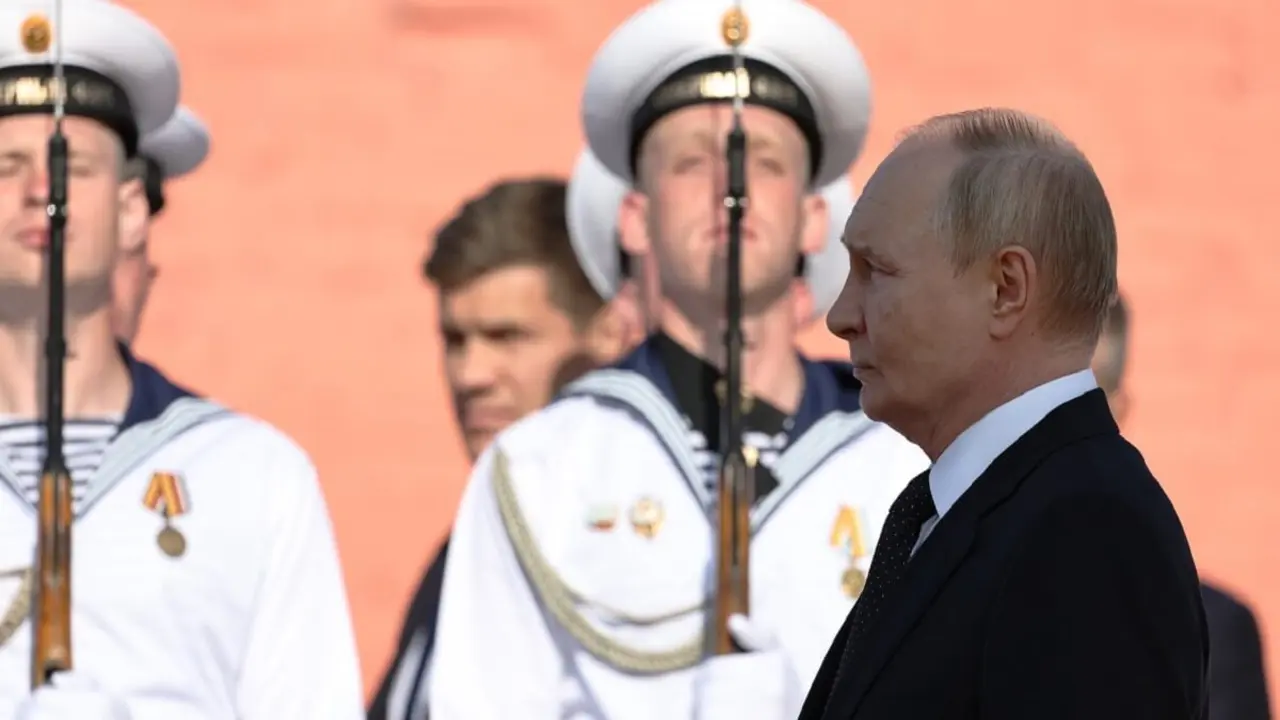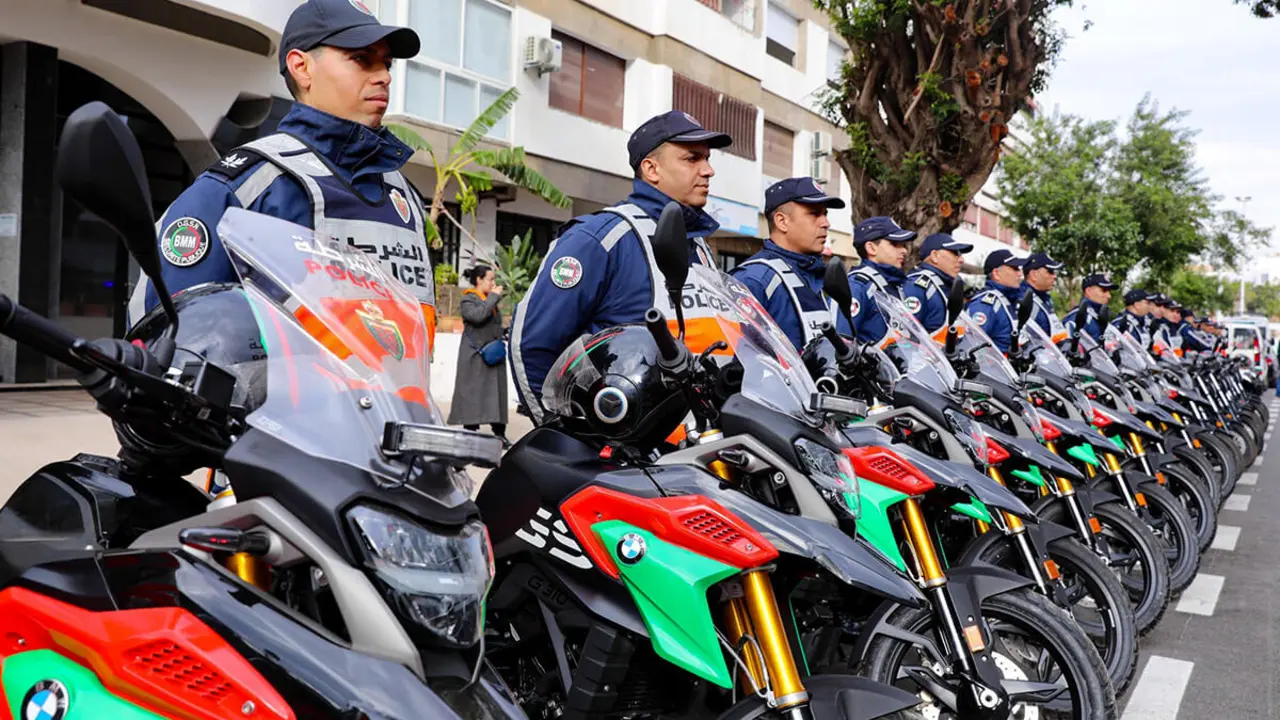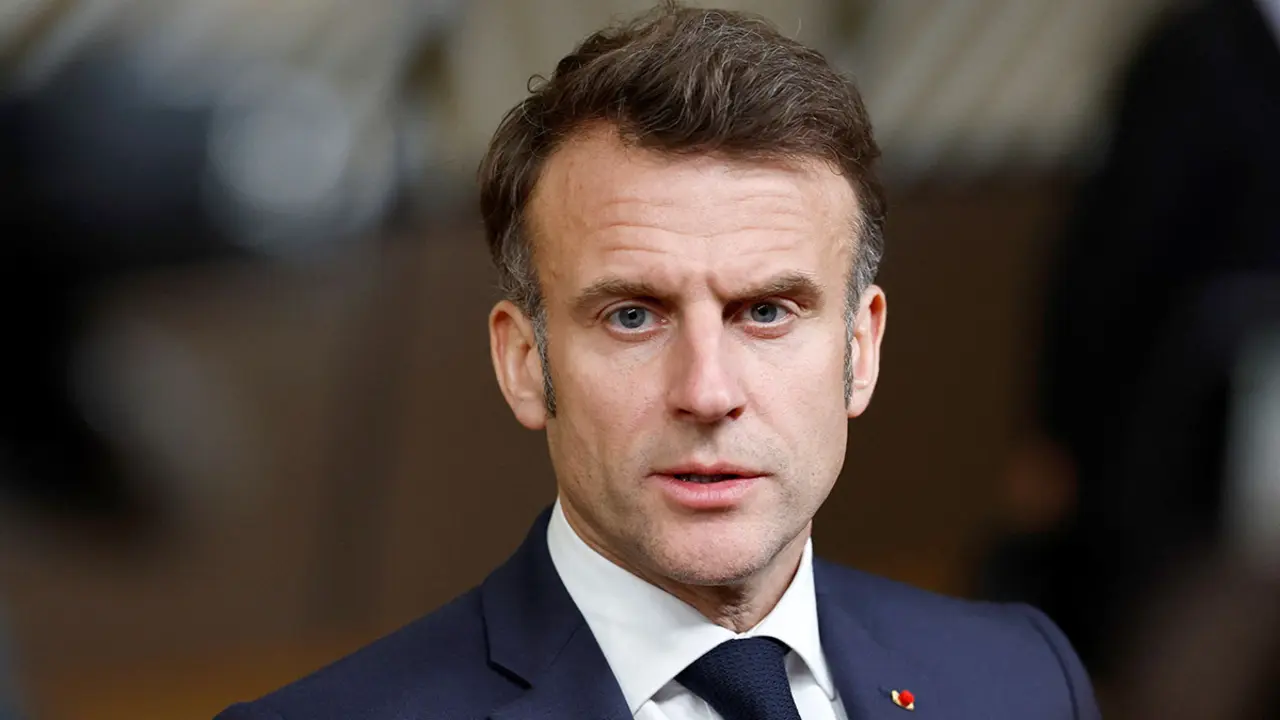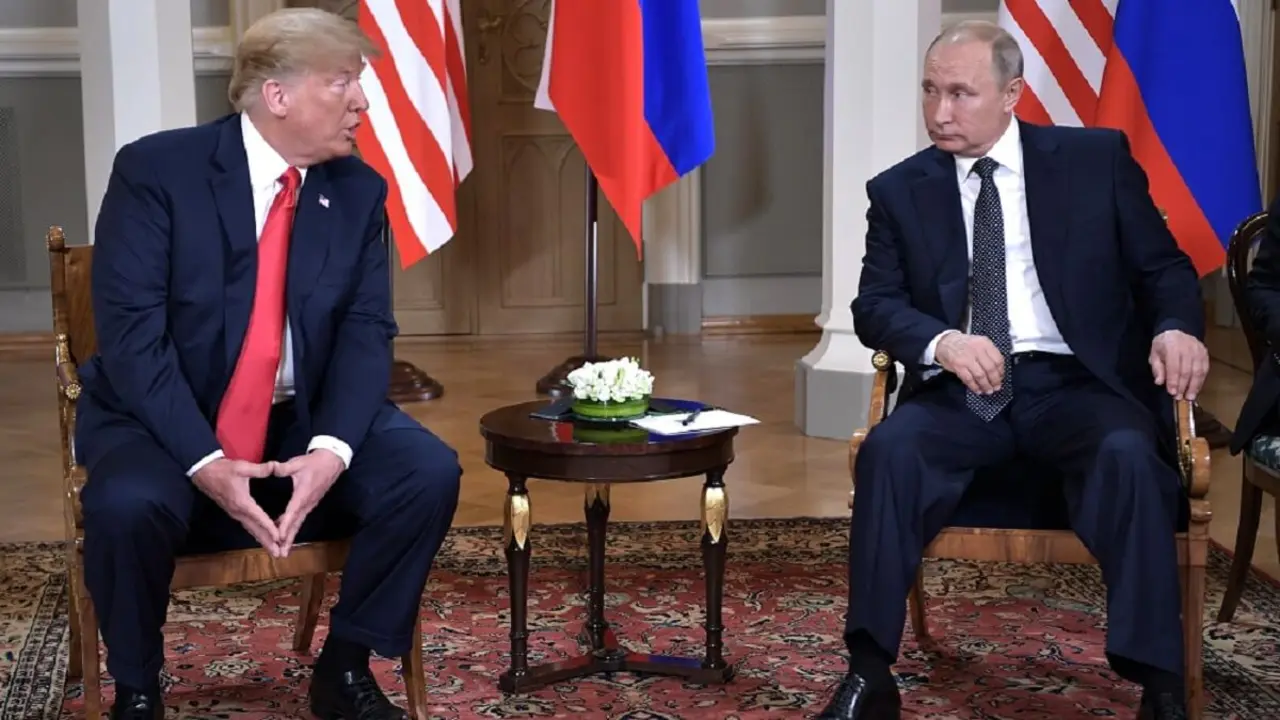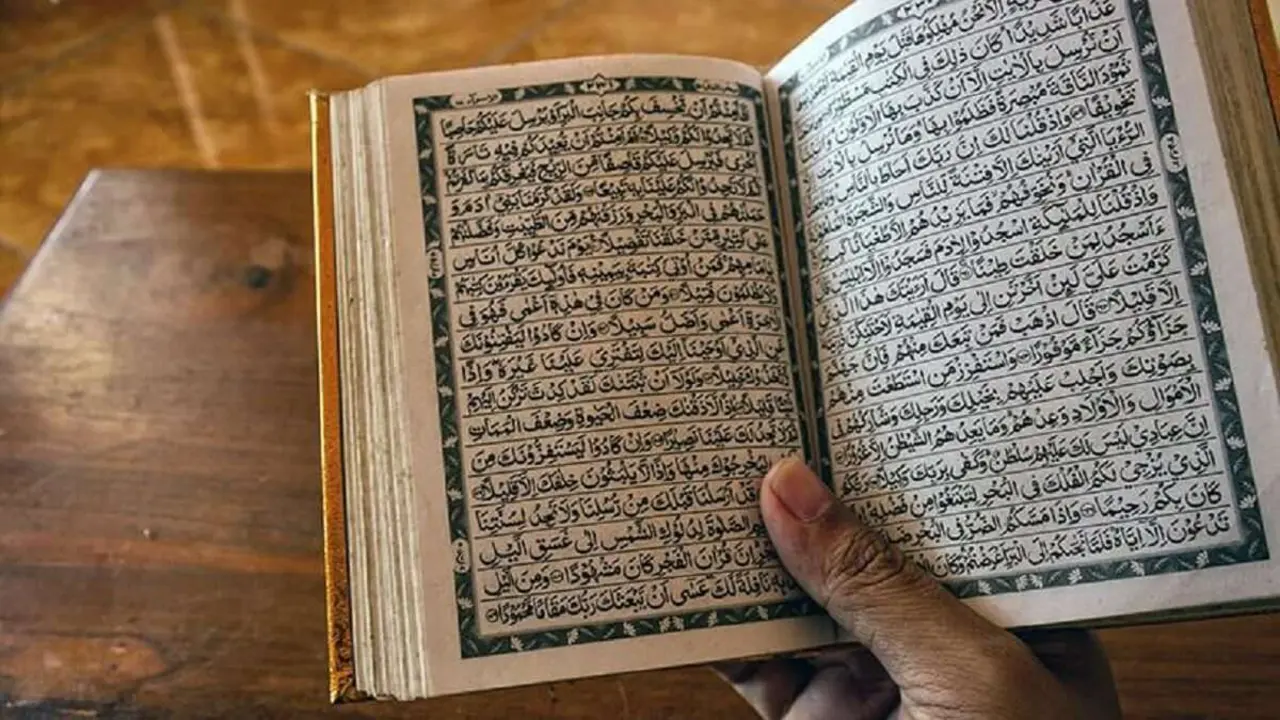The CIA planned the kidnapping of Russian soldiers in southern Syria

Beyond the bombings and the exchange of fire, which usually take place in full view of the world, the war in Syria is also a breeding ground for the development of intelligence operations. In these darker areas, one of the last episodes of a conflict that is on its way to lasting ten years has taken place.
According to the media Algérie Patriotique, the U.S. Central Intelligence Agency (CIA) had hatched a plan that would result in the kidnapping of Russian soldiers deployed in Syria. The piece was published exclusively on the newspaper's website on March 19.
According to journalist Ahmad al-Khaled, unspecified sources revealed that U.S. intelligence agents had met with members of a Syrian rebel group called the Popular Resistance at the Mafraq military base in northern Jordan, which houses White House troops bound for the Middle East. It was at this meeting that the CIA allegedly handed over the assignment to the militia.

The members of the Popular Resistance, a group active since 2018 and considered one of the most moderate within the conglomerate opposing Bachar al-Asad's regime, received quite precise instructions, according to the source of Algérie Patriotique. It is said that the aim of the operation was to kidnap Russian military advisers or members of the military police provided by the Kremlin to reinforce the government in Damascus.
What was the purpose? This point has not been made by the newspaper, but it could cover a very important range of options, from exchanging prisoners, to exerting pressure to get some kind of tactical response from Russia or Syria, or simply to get information about the resources deployed by Moscow and Damascus in the contest.
The Popular Resistance's efforts were to focus on the Syrian provinces of Deraa and Quneitra, two of the southernmost in the country. The American secret services were to provide the fighters with logistical support, means of communication and intelligence about the movements of the Russian military.
To cover their tracks, the militiamen in charge of the mission had to pose as a terrorist group. The idea was that Moscow would believe that the kidnappings were carried out by organizations linked to Daesh or Hayat Tahrir al-Sham - the former al-Nusra Front, with links to the central core of the al-Qaeda network.

It was therefore a sham operation; in other words, the aim was to shift responsibility onto a third, non-participating actor, in this case any of the terrorist organisations based in the region. Precisely, the southern provinces represent one of the areas where the presence of groups with a jihadist ethos has been most significant in Syria. Over the last few months, the bulk of Al-Asad's Syrian Arab Army and even the security forces have been concentrated in the north of the country. Aleppo and Idlib have been the centres where armed rebel organisations have been most resilient, and therefore the ones that have received the most attention from Damascus. In the rest of the country, some terrorist cells have revived their activity.
The plan set up by the CIA was therefore credible. Similarly, from the point of view of plausible deniability, this alibi could have provided cover for the agents in charge of designing the strategy and thus could have denied their involvement in the affair with some guarantees.

In any case, the information from Algérie Patriotique gives a good indication of the operational capacity of Washington's intelligence services in southern Syria. Of course, good relations with Jordan have something to do with it. In the words of the report produced by the Congressional Research Service at the end of 2019 entitled 'Jordan: Background and U.S. Relations': “U.S.-Jordan cooperation at the military, intelligence and diplomatic levels seeks to empower political moderates, reduce sectarian conflict and eliminate terrorist threats”.
Indeed, Amman is one of Washington's most important allies in the entire Middle East region, alongside Israel and Saudi Arabia. Its intelligence service is the powerful General Intelligence Directorate (GID). Although it maintains close collaboration with the CIA - within, of course, the secrecy that surrounds every agency in the sector - Algérie Patriotique does not mention that it is involved in the operation.

In any case, the newspaper recalls that it was right in the southern provinces where the popular revolt against Al-Asad began nine years ago and where the presence of armed groups openly fighting the official armed forces became apparent.
Between 2013 and 2017, the CIA was sending weapons to these groups clandestinely with the aim that, at some point, they could finally overthrow the dictator. This secret program began during the presidency of Barack Obama, but was suspended by Donald Trump shortly after his arrival at the White House.
A considerable part of these rebels - who, in principle, were believed to be fighting for the establishment of a democratic regime - actually ended up in Daesh's orbit at the time of their maximum territorial expansion in Syria. At the time, Trump's gesture was interpreted as a concession to Vladimir Putin.

The president's decision, however, did not mark the total end of the United States' secret operations on Syrian soil, as has been demonstrated and not only by this information. The White House has already provided Turkey with “land, sea and air” intelligence data that helped the government of Recep Tayyip Erdogan design its successive military operations in northern Syria.
Today, Ankara is the only major direct support left to the rebels fighting Al-Asad, after the U.S. withdrawal. On a political level, Turkey's military deployment - now under Operation Spring Shield - aims to kill two birds with one stone: on the one hand, to reduce the presence of Kurdish operations in the area as much as possible; and, on the other hand, to gain influence in a country through various Islamist groups.

